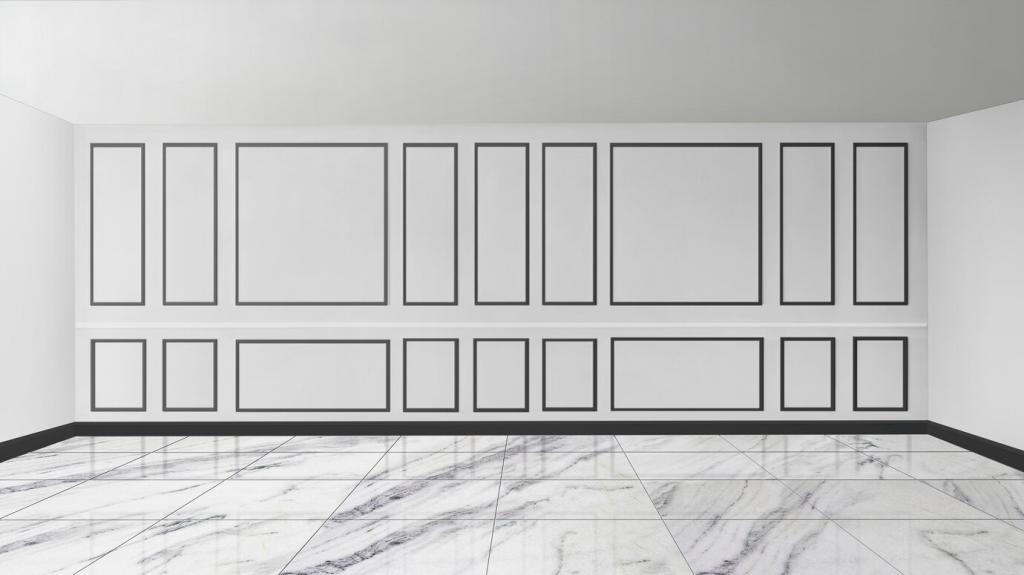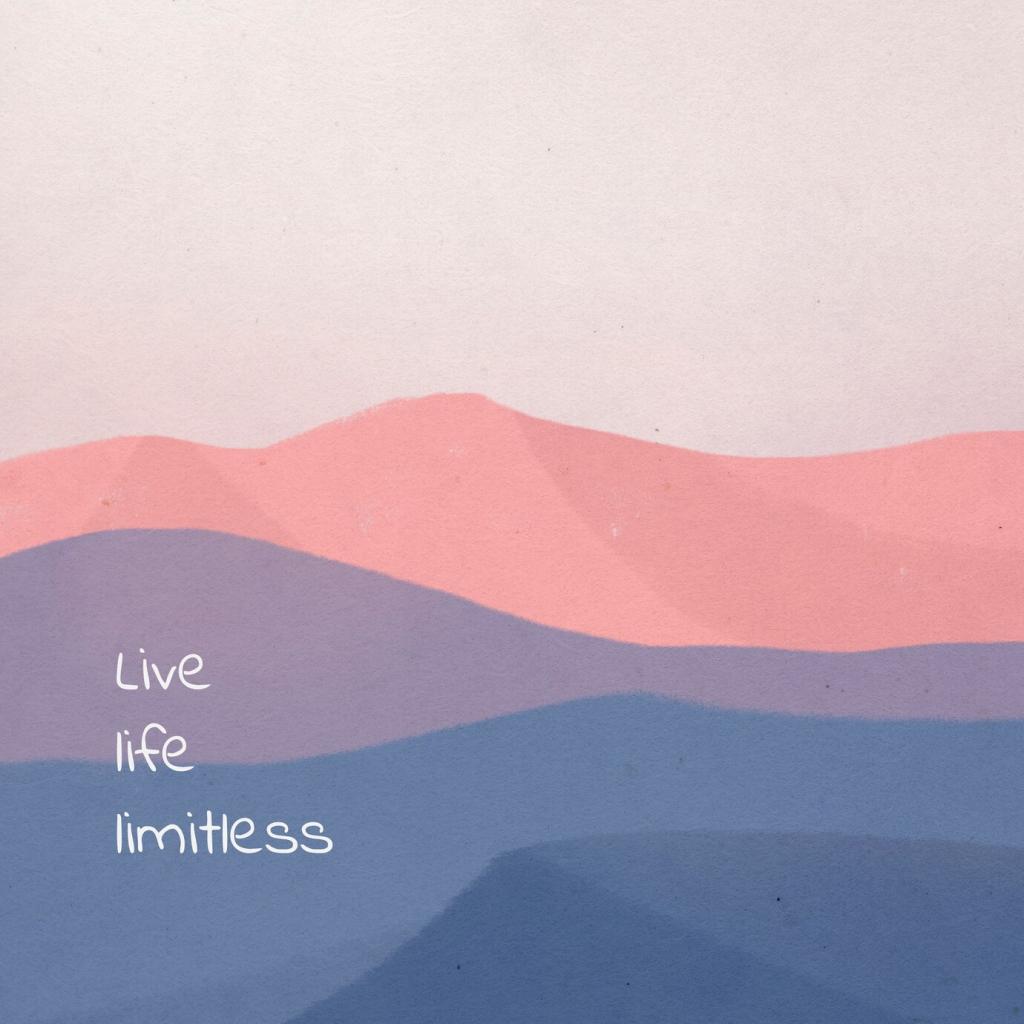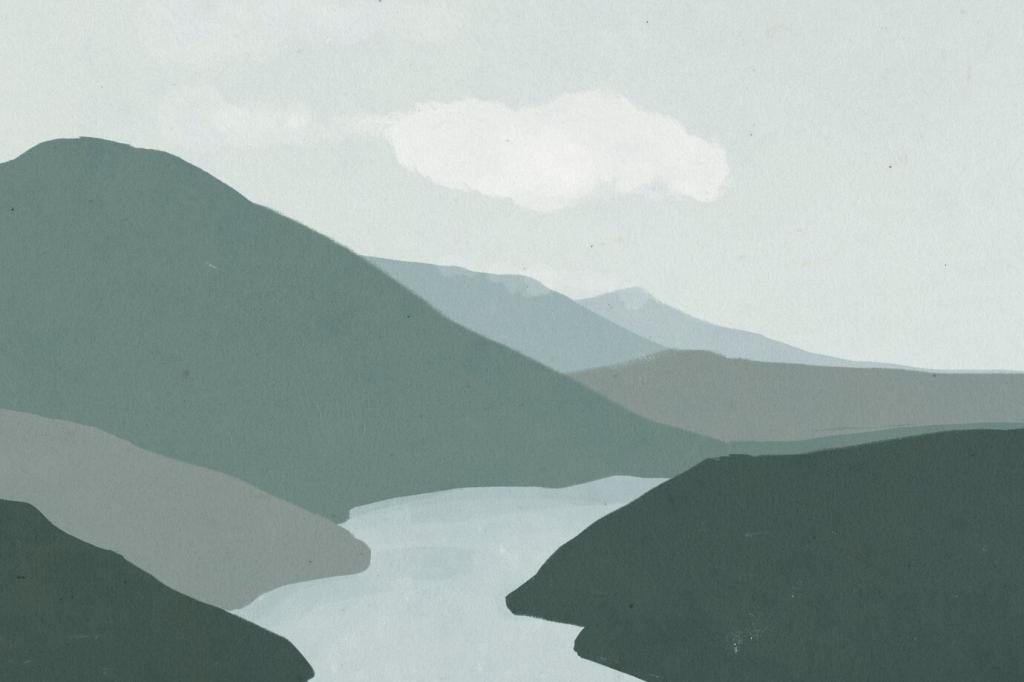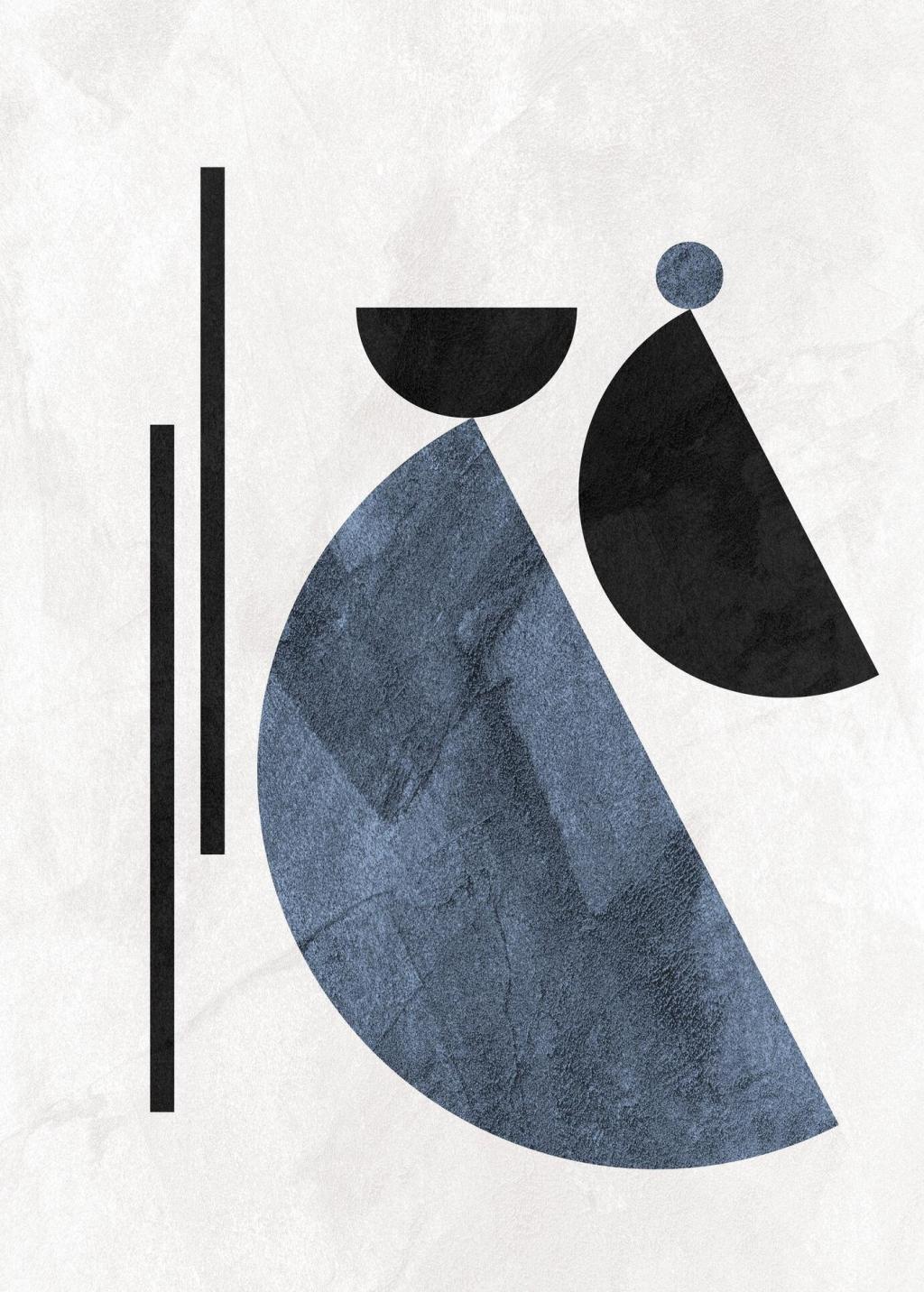Foundations of Minimalist Color
Working within a single color family creates coherence that makes minimal spaces feel deliberate rather than sparse. Think charcoal pavers, graphite gravel, and blue‑green foliage. Slight shifts in saturation and value provide depth without visual noise, encouraging slower, more appreciative looking.
Foundations of Minimalist Color
In minimalist landscaping, empty space is an active color tool. Pale gravel courts, unplanted rectangles, and mirror‑smooth water surfaces make a single mossy boulder or silvery grass explode with presence. Hold back, then let one measured hue speak clearly and confidently.






